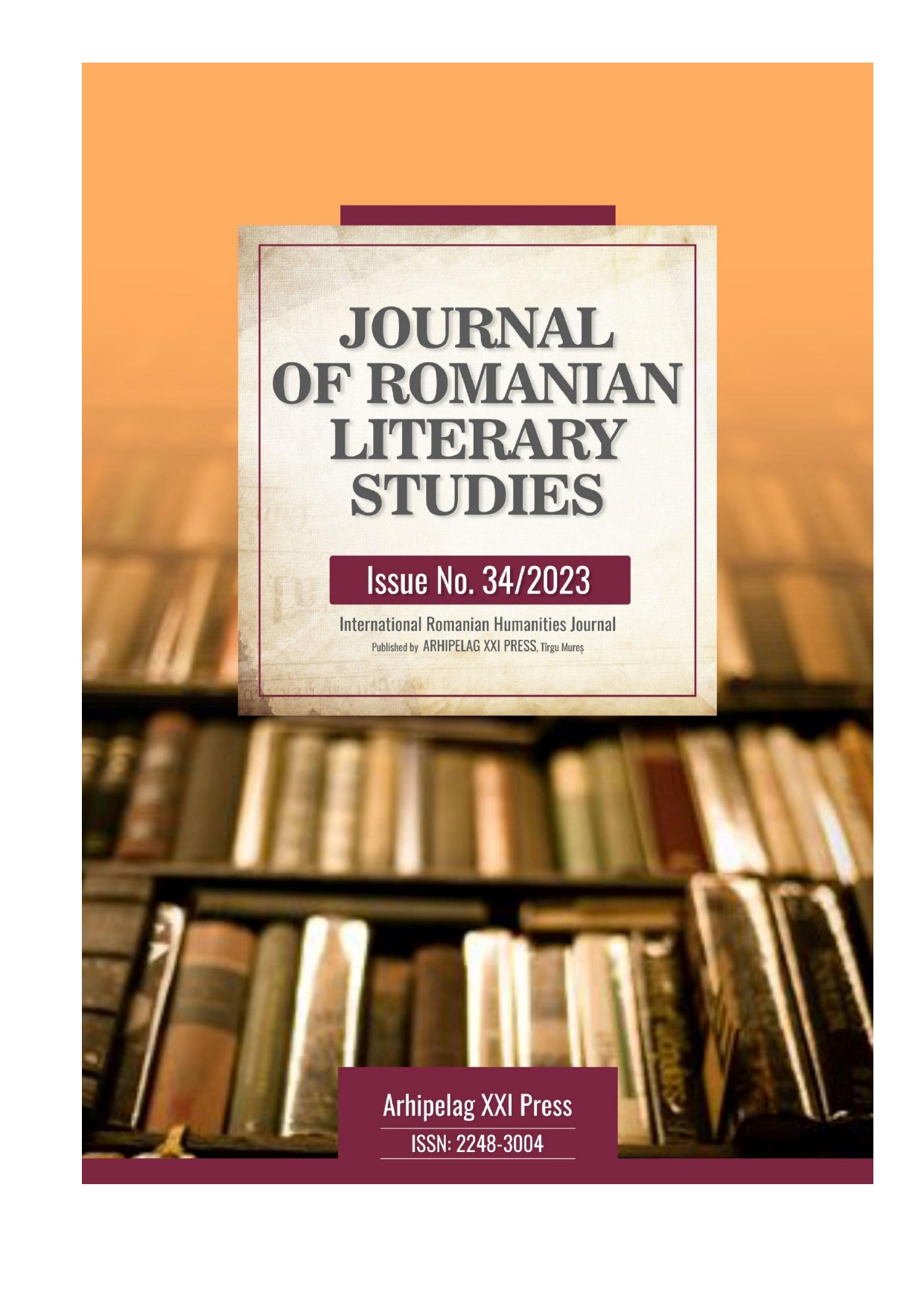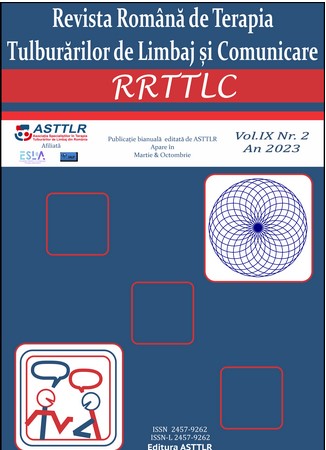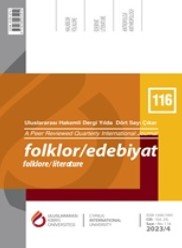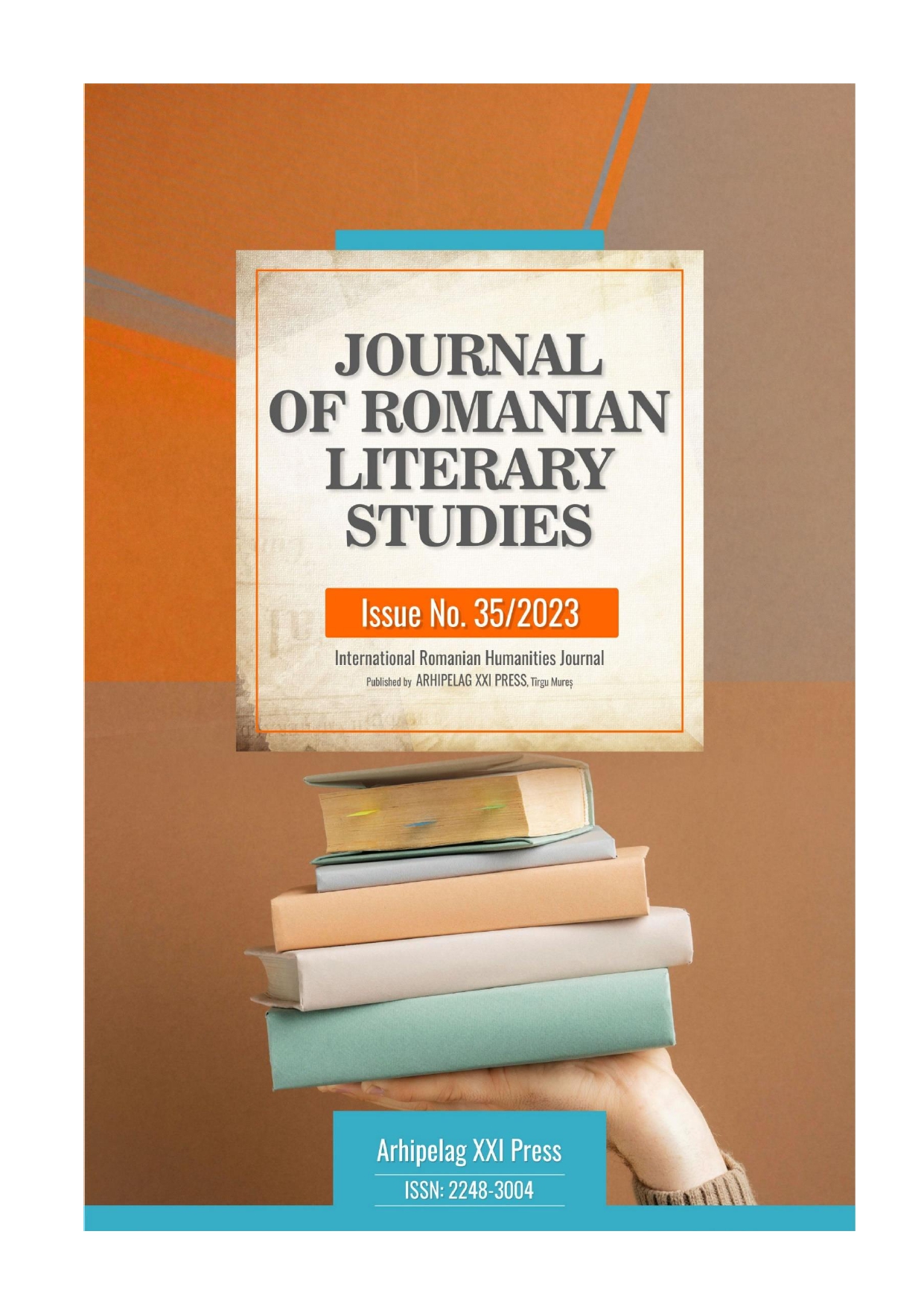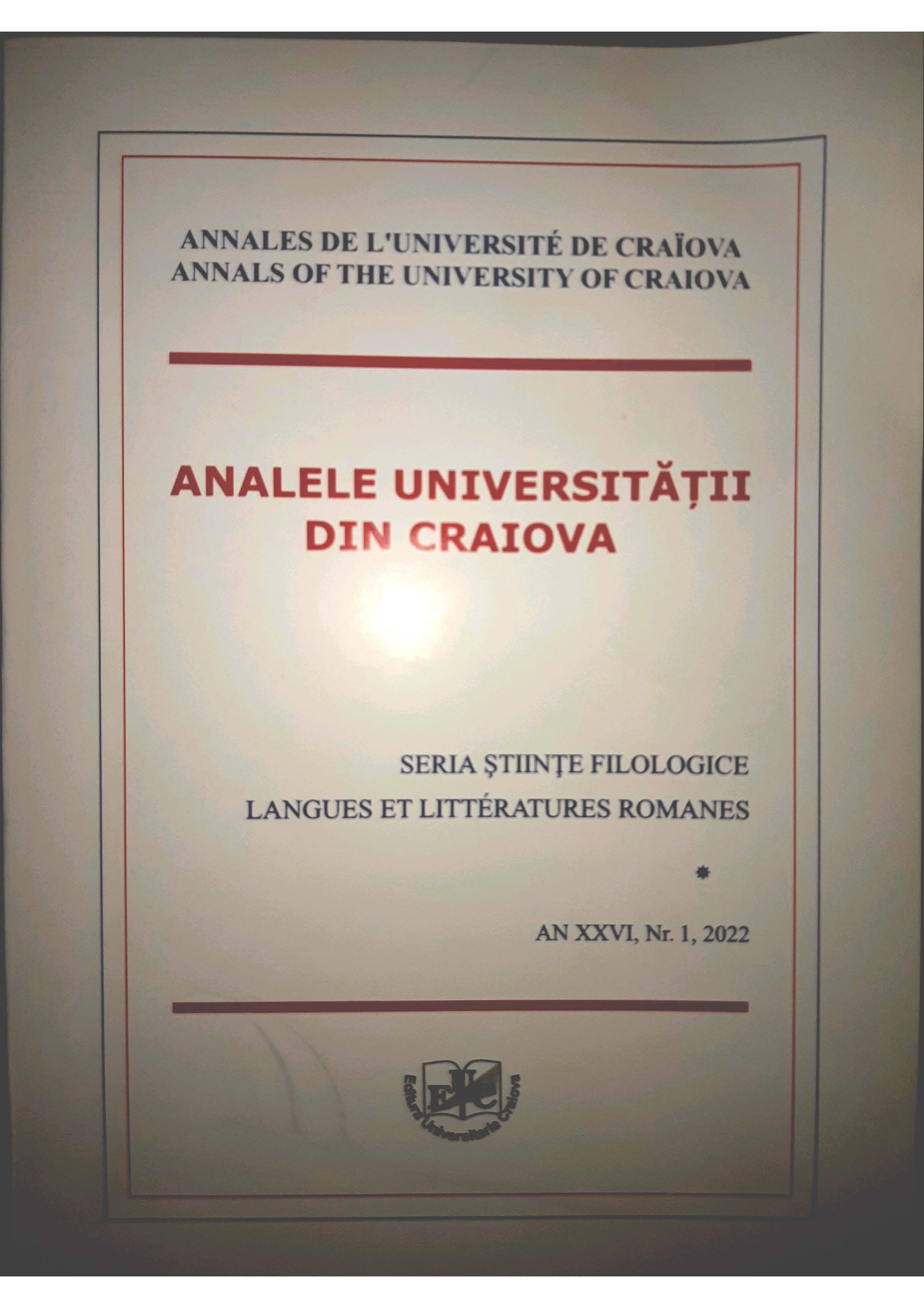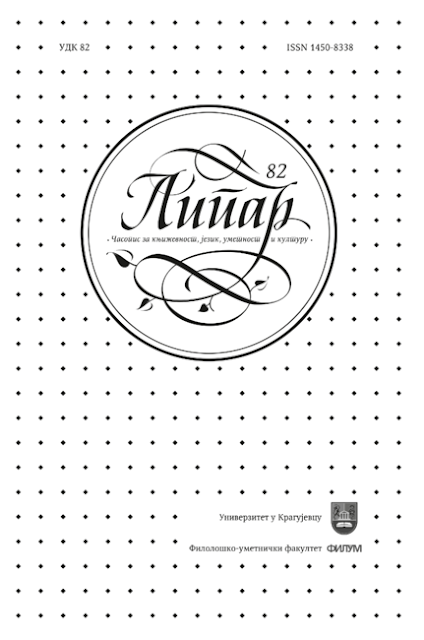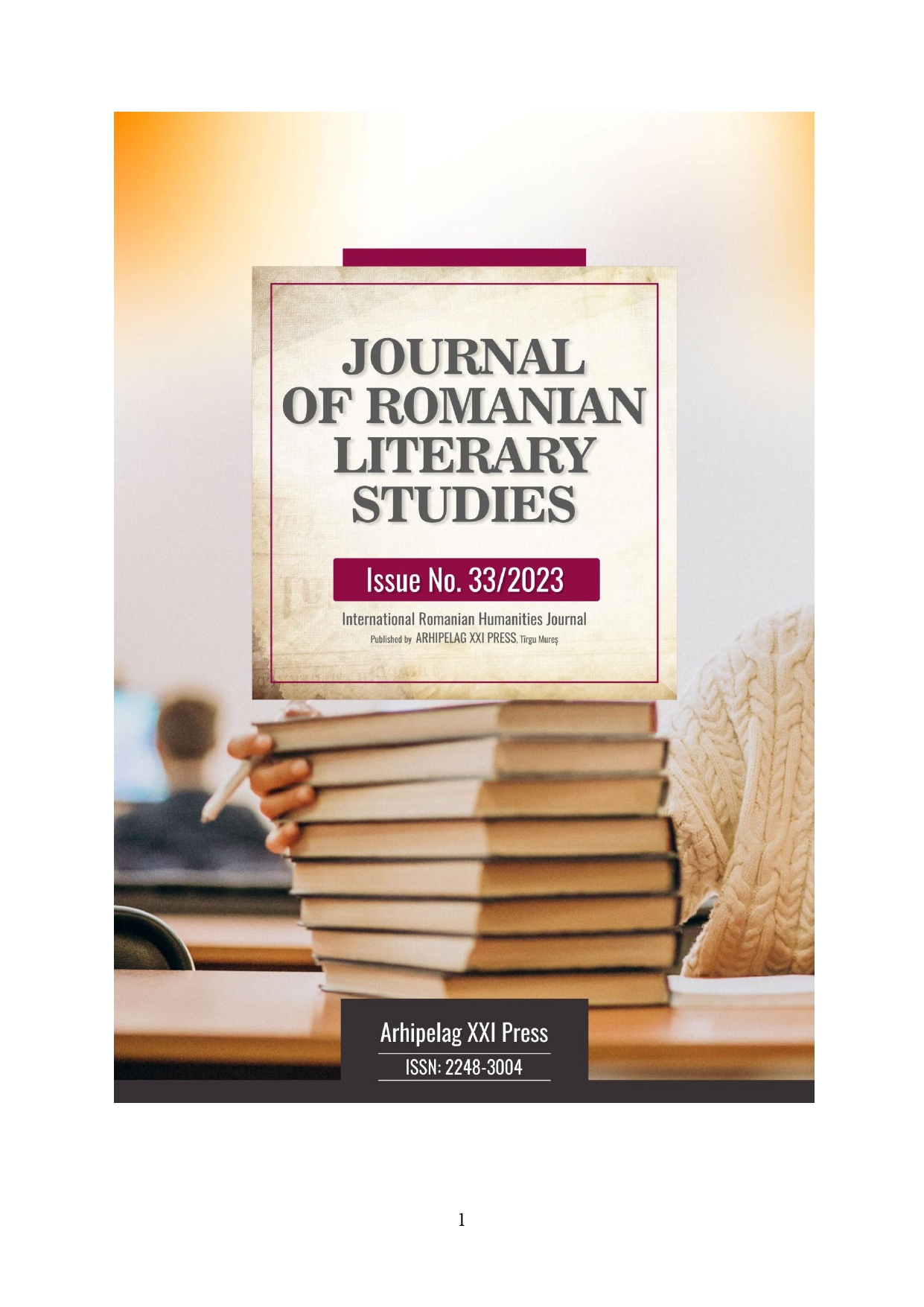
FROM HUMOR TO SUBTLETY: USING IDIOMS IN THE PRESS TO CAPTIVATE READERS
This scientific article examines the use of idiomatic expressions in the press as a means to captivate readers. Idiomatic expressions are phrases or linguistic constructions specific to a given language, whose meaning cannot be understood literally. They add a humorous, subtle, and lively dimension to press articles, thereby attracting and retaining readers' attention. In this article, we explore how journalists use these expressions to create catchy headlines and impactful formulations, and we analyze the different nuances of humor and subtlety they convey. We also study the impact of these idiomatic expressions on how readers perceive and interpret the information presented in the articles. By using concrete examples from the press, we highlight the importance of appropriately using idiomatic expressions to arouse readers' interest and engagement.
More...
